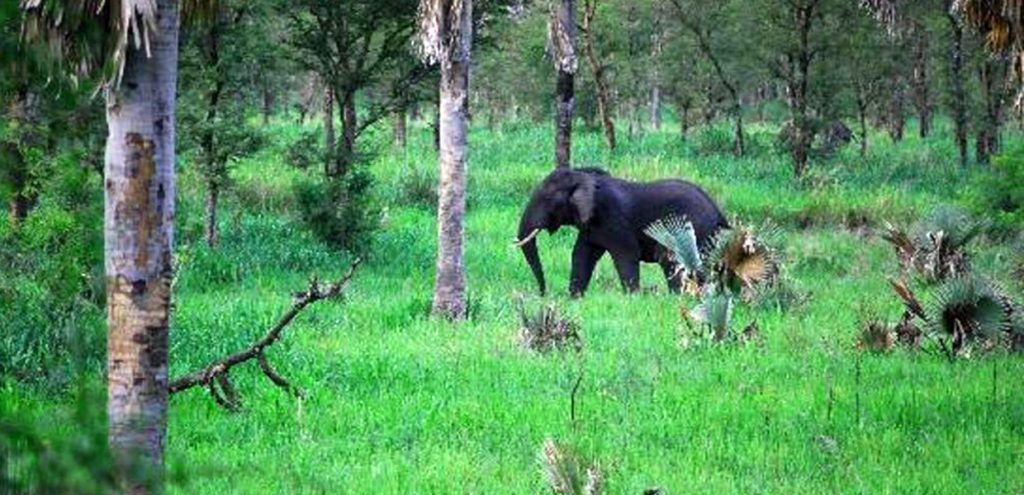Bwamba forest is situated just near Semuliki National Park forming part of it, as a reserve area. The Forest is within a lowland area of a tropical rain forest that covers an area of 219 kilometers (85 sq mi).
Bwamba Forest Reserve is found in Bwamba county which is part of a remote area of Bundibugyo District in the western region of Uganda. The forest reserve was established in October 1993, the same year as the national park and it is the one of East Africa’s only lowland tropical rain forests.

This area of Bwamba Forest Reserve in Semuliki National Park is also one of the richest areas with biodiversity of flora and fauna, on the African continent. This therefore inhabits very many bird species and butterflies which are diverse.
There are a number of activities that you can decide to do in case you have chosen to visit this amazing place with stunning physical features and the panoramic views of the place. The activities include nature guided walk, bird watching experience, visiting the Batwa community, community walk, and butterfly watching experience among others that are within the area.
As a traveler, you need to include Semuliki National Park as your stop over during your Ugandan safari for a remarkable nature experience and discovery. The park is close to other amazing national parks, so you can do chimpanzee tracking in the nearby Kibale National Park. You can also opt for mountain hiking safaris in the nearby Rwenzori Mountains National Park, commonly known as ‘Mountains of the moon’.
More about Semuliki National Park and Bwamba Forest
Semuliki National Park is located in Bwamba County, a remote part of Bundibugyo District, in western Uganda. It was made a national park in October 1993 thus making it one of Uganda’s newest national parks.
The 194 sqkm (75 sq mi) park is East Africa’s only lowland tropical rainforest found in the park. Semuliki National Park sprawls across the floor of the Semuliki Valley on the remote, western side of the Rwenzori Mountains. So, the park is dominated by the easternmost extension of the great Ituri Forest of the Congo Basin. This is one of Africa’s most ancient and bio-diverse forests, and one of the few that survived the last ice age, 12-18,000 years ago.
Semuliki National Park Uganda experiences an average rainfall of 1,250 mm (49 in), with peaks in rainfall from March to May and from September to December. Many areas of the park experience flooding during the wet season. The temperature at the park varies from 18 to 30 °C (64 to 86 °F), with relatively small daily variations.
